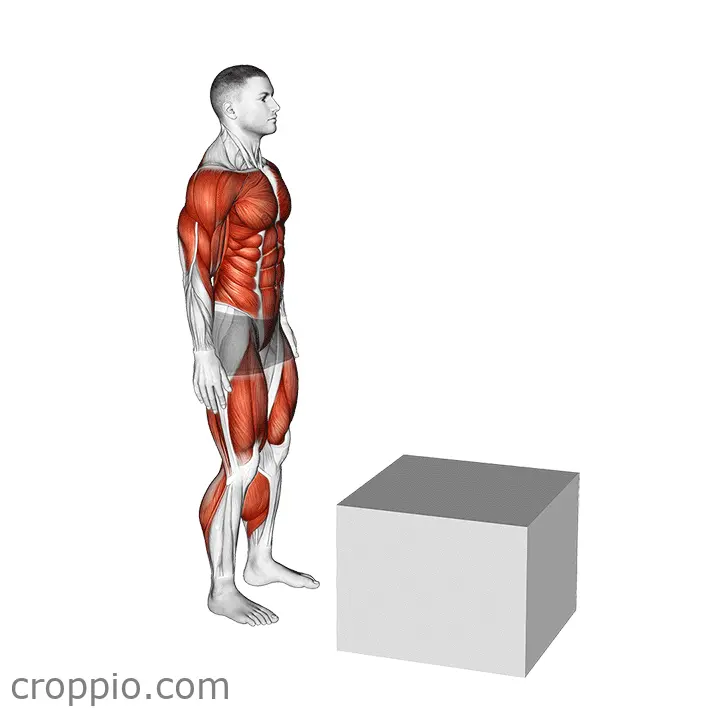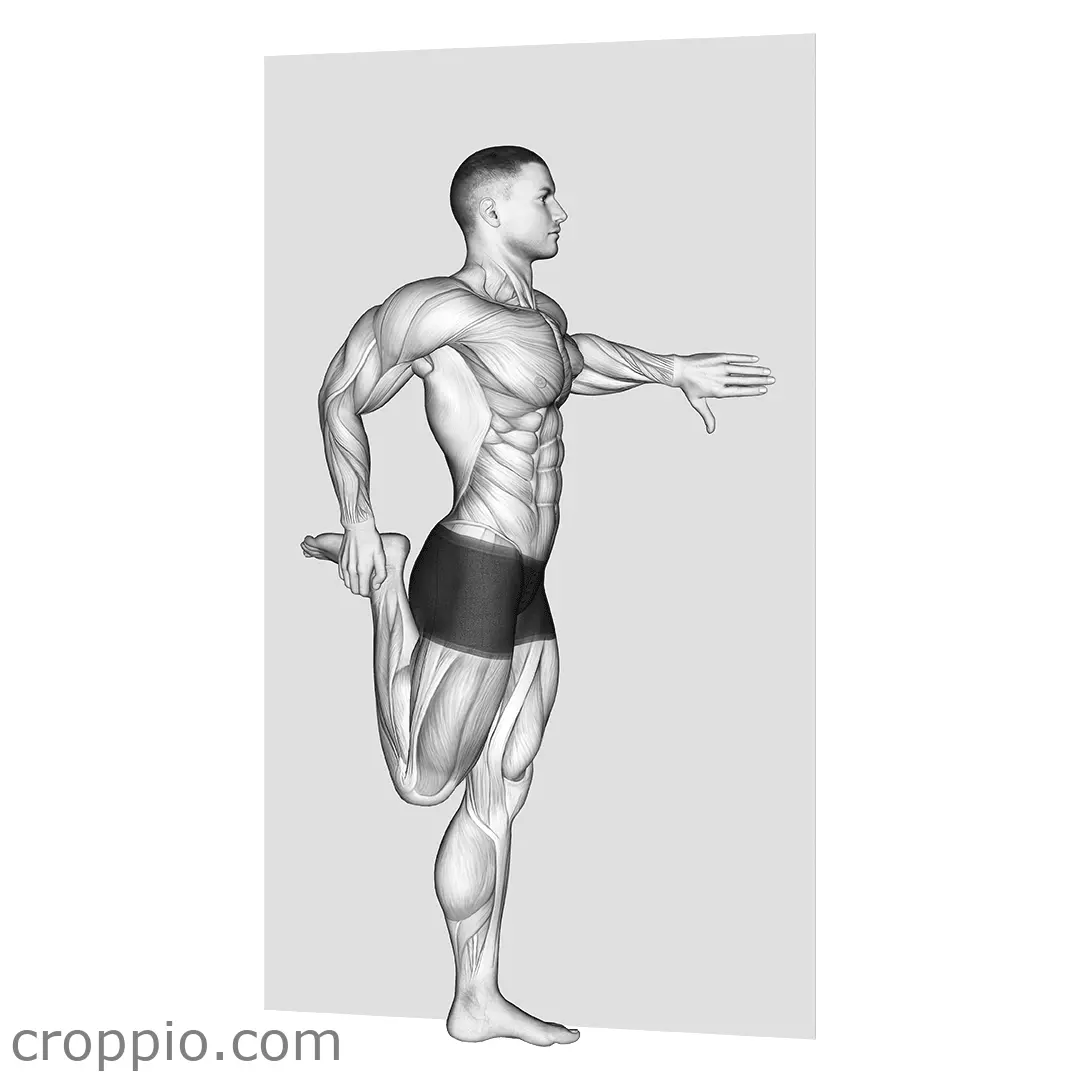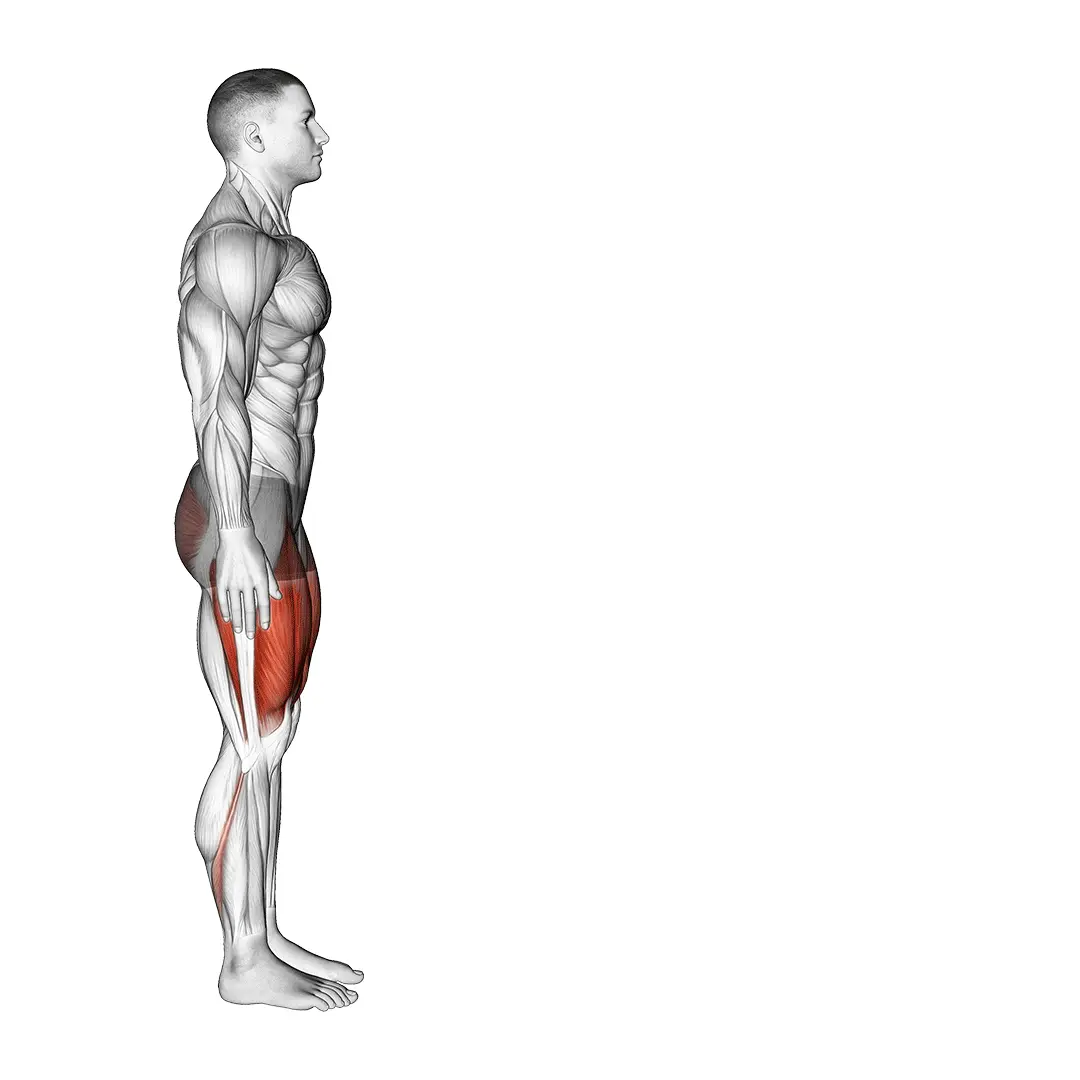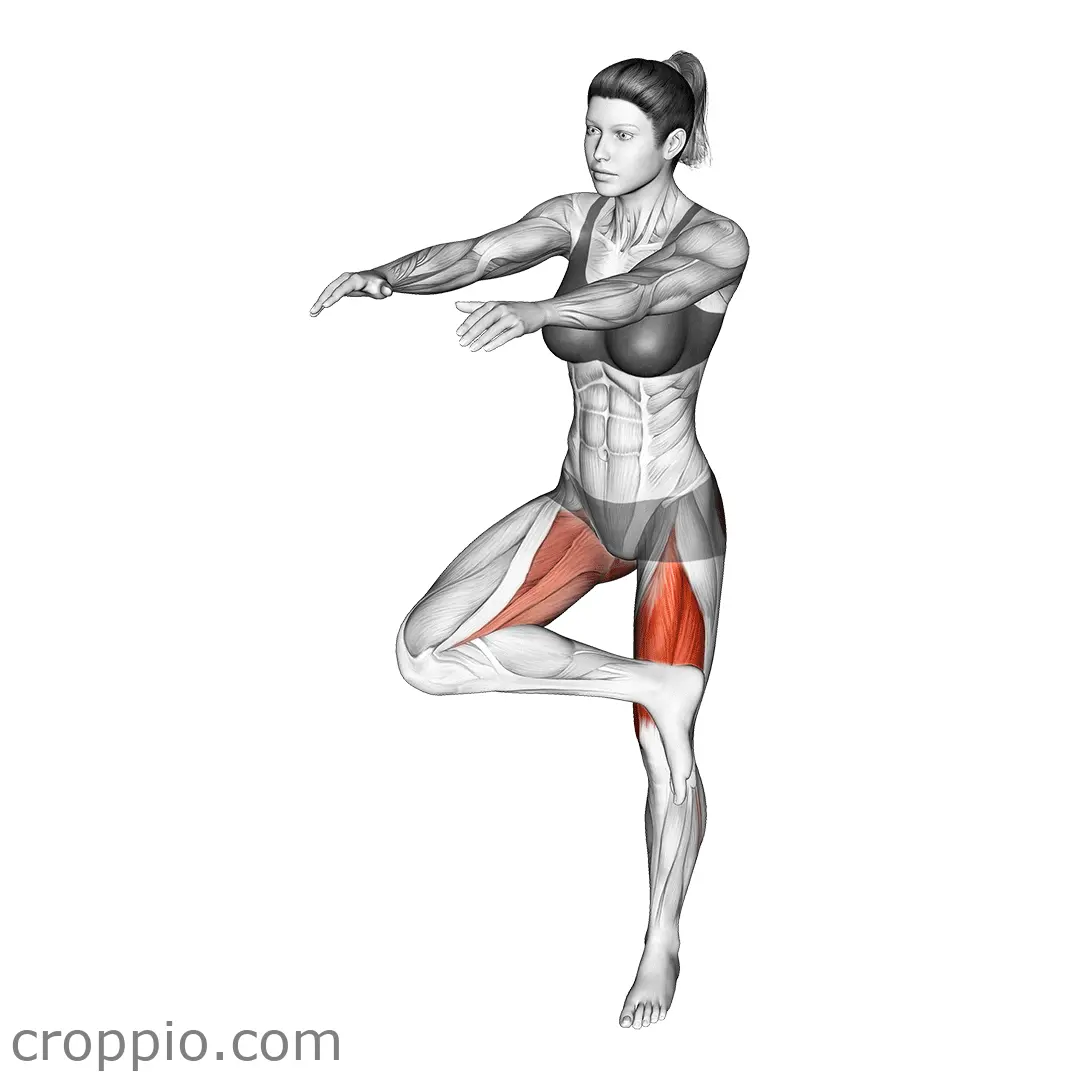Kettlebell Squat
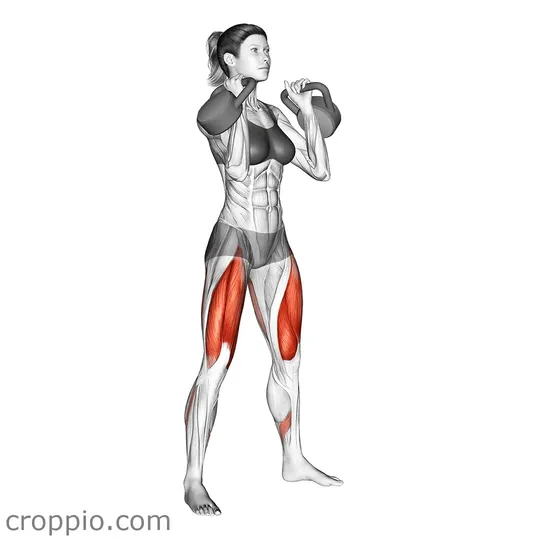
Muscles Involved
The kettlebell squat is a full-body exercise that predominantly targets the lower body while engaging the core. The primary muscles involved include:
- Quadriceps: The front thigh muscles are primarily responsible for extending the knees during the squat.
- Hamstrings: Located on the back of the thigh, they assist in bending the knees and stabilizing the movement.
- Glutes: The gluteus maximus, medius, and minimus play a crucial role in hip extension and stabilization.
- Core Muscles: The transverse abdominis and obliques help support the spine and maintain proper posture throughout the squat.
Top Mistakes
- Rounding the Back: Keeping the back rounded can lead to injuries. Always maintain a neutral spine.
- Letting Knees Cave In: Allowing the knees to collapse inward puts unnecessary stress on the joints. Ensure your knees track over your toes.
- Poor Arm Position: Holding the kettlebell too far away or awkwardly can affect balance and stability. Keep it close to your body.
- Insufficient Depth: Not squatting low enough reduces the exercise's effectiveness. Aim for at least parallel thighs to the ground.
Execution Tips
To perform a kettlebell squat effectively, follow these tips for proper form and technique:
- Stance: Stand with feet shoulder-width apart, toes slightly outwards. This position provides better balance and alignment.
- Grip: Hold the kettlebell with both hands, either in a goblet position close to your chest or with one hand at your side.
- Lowering Phase: Initiate the squat by pushing your hips back as if sitting in a chair. Keep your weight on your heels, and lower yourself until your thighs are parallel to the ground.
- Rising Phase: Push through your heels to return to the starting position, squeezing your glutes at the top.
Workouts
The kettlebell squat can be integrated into a workout routine in various ways. A sample approach could be:
- Sets/Reps: Start with 3 sets of 10-15 reps, ensuring proper form and control.
- Complementary Exercises: Pair with kettlebell swings for a full-body workout or lunges for additional leg work.
- Progression: Gradually increase the weight of the kettlebell as your strength improves.
Conclusion
The kettlebell squat is a highly effective exercise that builds strength, stability, and mobility in the lower body while promoting core engagement. By avoiding common mistakes and focusing on proper execution, it can be a versatile addition to any fitness routine. The ability to scale the difficulty makes it suitable for all fitness levels, helping you to achieve your strength and fitness goals efficiently.
